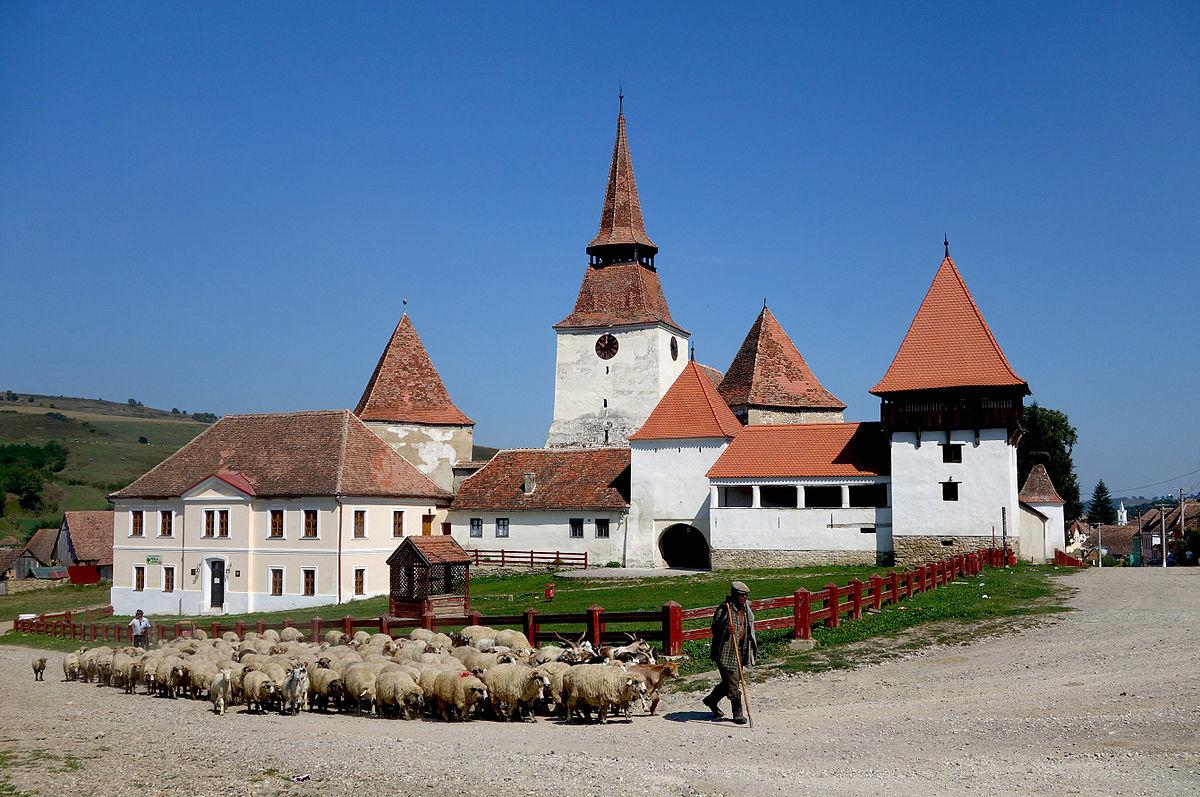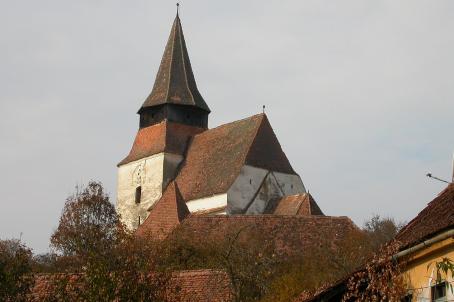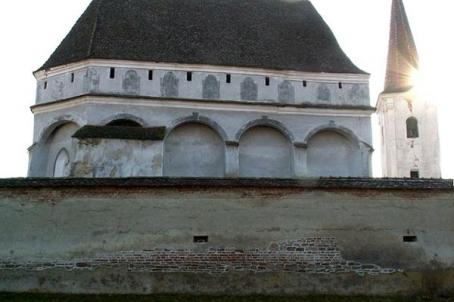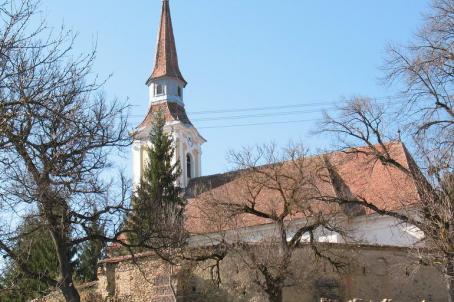Archita Fortified Church
Only the exterior walls of the central nave have been preserved from the former Romanesque basilica. The church was later rebuilt in the Gothic style and enlarged with a tower, followed by the defence systems in the 16th century: demolition of side aisles, addition of a defence level, addition of a battle platform on the tower. Two fortification walls with defence towers at the corners surrounded the ensemble by the end of the 15th century.
After a fire in 1748 that also destroyed the village, the church was built in its current shape.
The interior Baroque design originates from that period: the side and organ gallery, the organ itself, masterpiece of the famous organ builder Samuel Maetz, the altar and the pulpit created by master Philippi from Sighişoara.
About this building
For more information visit on this building visit https://kirchenburgen.org/en/location/arkeden-archita/






